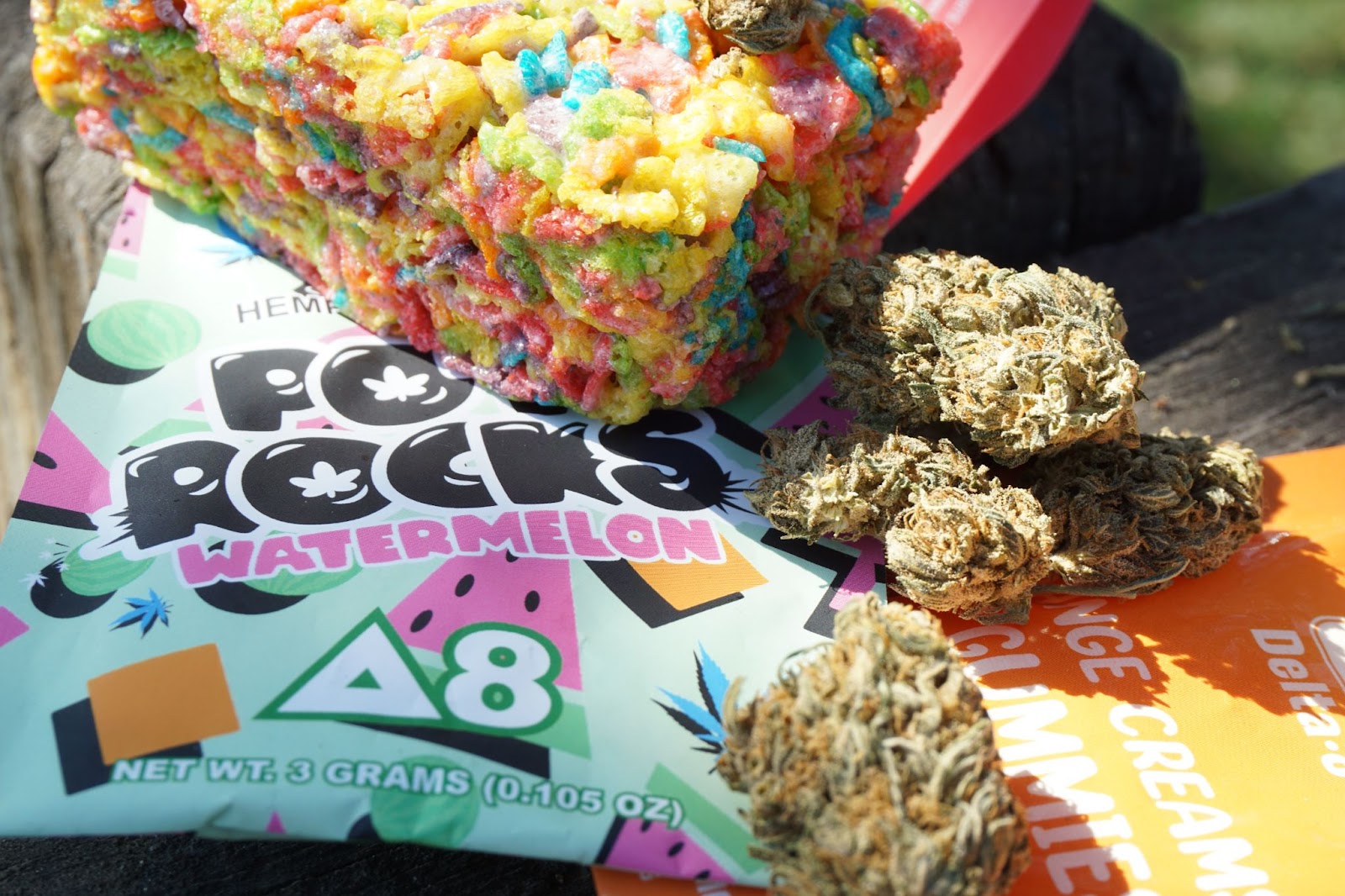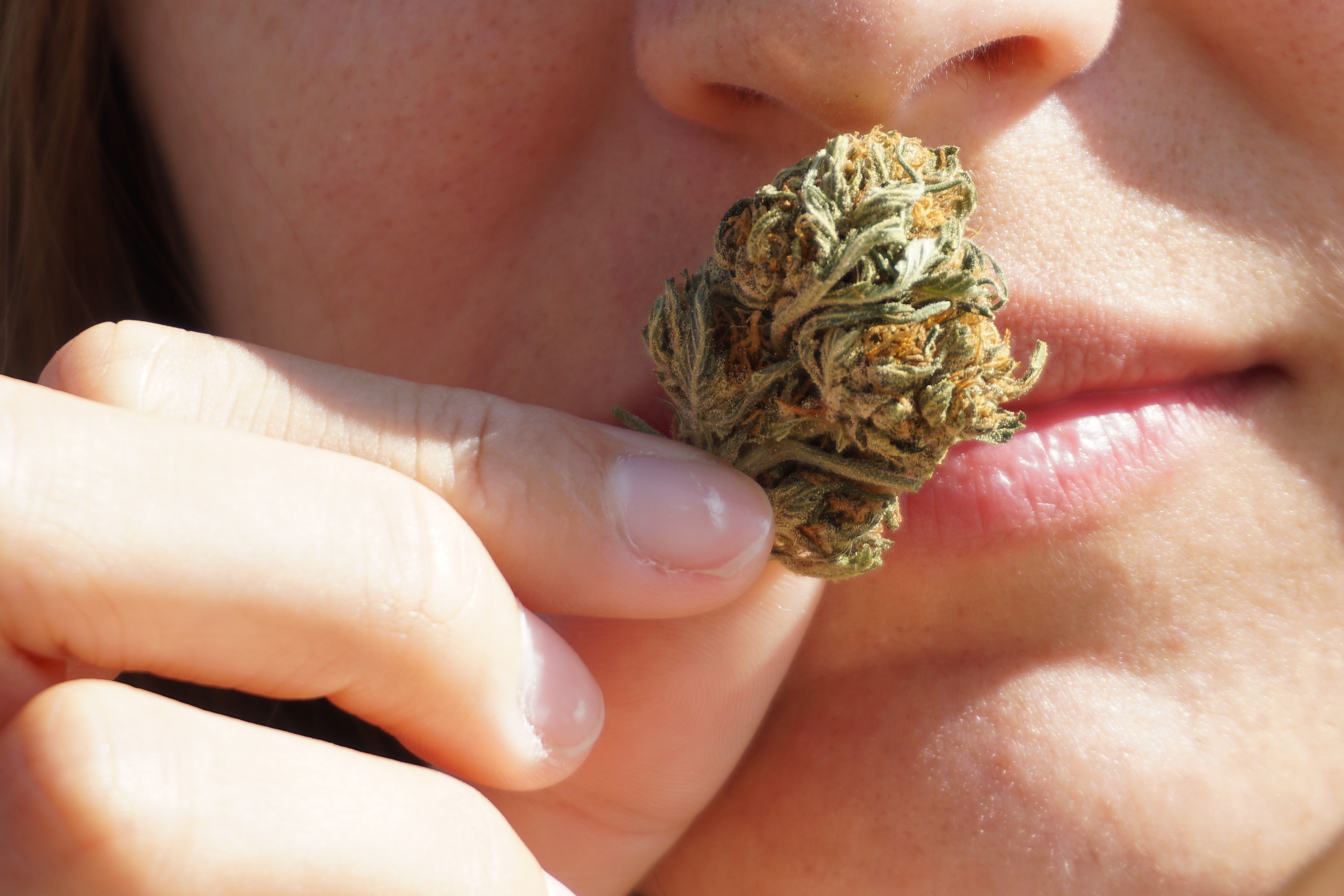Edibles are a wonderful option for consuming cannabis at home due to easy dosing, long-lasting effects, and extra strength.
You can purchase pre-made cannabis edibles in dispensaries for a weighty price tag—but edibles can also be superb for your dietary requirements. Better yet, if you flower and ingredients in your kitchen, you make edibles from the comfort of your home.
In this article, we’ll show you how to create the tastiest, most potent edibles for excellent results:
How to Make Weed Edibles
1. Choose the Right Strain
When choosing the right cannabis strain for edibles, there are various things to consider:
- Desired effects: You should choose your cannabis based on the desired effects you want to achieve. Sativa strains are known to offer more uplifting side effects, but Indica strains are better for sedation.
- THC content: Depending on your tolerance, consider the THC content in your cannabis.
- Flavors and aromas: Determine what flavors and aromas you want from your cannabis and choose the strain accordingly.
- Reviews: Check out the reviews of various cannabis strains to determine the ideal one for your edibles.
2. Decarb Your Cannabis
After choosing the strain, you must decarboxylate the cannabis before making edibles. Decarboxylating (or decarbing) is using heat to transform the non-psychoactive THCA in raw cannabis into THC.
THC is the cannabinoid responsible for feeling high—including relaxation, heightened senses, increased thoughts, etc. Therefore, preserving the THC content is critical for enjoying your cannabis.
There are various opportunities for decarbing weed; you can simply bake the cannabis to decarb it. Additional methods include slow cookers, sous vide cookers, or cooking weed in high-fat materials like butter.
That said, the lower the heat - the less damage to the cannabis. Consequently, decarb your cannabis at a lower heat could be a smart idea.
3. Choose the Infusion Method
Next, you’ll need to choose your infusion method. There are various options, but each option has its advantages.
- Cannabutter: The most popular method is cannabutter. You simply simmer cannabis flower or decarboxylated cannabis in butter on low heat for a prolonged period.
- Cannabis cooking oil: Another popular method is cannabis cooking oil, such as cooking oil and olive oil, because you can use it with various recipes.
- Tinctures: Tinctures offer precise dosing, and you can consume them under your tongue. Likewise, you can easily incorporate them into many recipes.
- Cannabis-infused sweeteners: You can use cannabis-infused sweeteners, such as sugar and honey, to incorporate cannabis into your edible recipes.
The most common option, however, is cannabutter.
Here is a step-by-step method for creating cannabutter at home:
Ingredients
- 4 sticks of butter
- 1 ounce of cannabis flower
Materials
- Medium saucepan
- Heatproof glass bowl
- Cheesecloth
- Fine-mesh strainer
- Twine
Directions
- Place water into a medium saucepan: You can vary the amounts of water in the saucepan, but ensure the cannabis always floats around 2 inches from the bottom.
- Add the butter: Once you’ve melted the butter in the water, it’s time to add the cannabis. You should cool down the heat and cook for three hours.
- Strain the butter mixture: There are various ways to strain the butter mix. For instance, you can use a glass bowl (as long as it's heatproof) lined with cheesecloth to strain the butter.
- Squeeze the butter: Once you’ve emptied the saucepan, pick up the cheesecloth and squeeze all the remaining butter.
- Cool and chill the cannabutter: Allow the cannabutter to cool at room temperature for around one hour, ensuring the butter has solidified and moved away from the water.
- Run your knife around the edge: Lift the butter from the water by running the knife around the edge. Then, store your cannabis in the fridge or an airtight container.
4. Pick the Edible Recipes
Now you know how to decarb your cannabis and prepare it for edible consumption, it’s time to learn the best recipes to make your edible experience the best.
Here are some of the best options:
Cookies
Cookies are a wonderful option for edibles. You should set your favorite cookie recipe, but swap regular butter for cannabutter. Then, you can follow the initial instructions and bake the cookies.
Brownies
Cannabis-infused brownies are incredibly popular among cannabis fans. You must select your favorite traditional brownie recipe, but swap the butter with an equal amount of cannabutter.
Cannabis Tea
If you love drinking tea, why not create cannabis tea in your kitchen? You could use leftover stems to create a potent cup of weed tea, but you can also add traditional tea to the cannabis-infused oil or butter.
Homemade Capsules
If you would rather skip the recipes, save time, and create cannabis with a consistent dose—homemade cannabis capsules are perfect. You can add other herbs to your capsules, such as maca, turmeric, and valerian.
Firecrackers
If you’re looking to become stoned quickly, as quick as 30 minutes—firecrackers could be an incredible option. You only need to decarb your cannabis, follow the instructions, and enjoy a tasty cannabis treat.
Final Thoughts
Cooking cannabis edibles doesn’t need to be complicated. Although it may sound complex at first thought—it’s a simple process. Follow the tips in this article, and you’ll have no worries.
At Toke.AI, we know how essential edible cannabis is. With their extensive consumption benefits, edibles are a fantastic option. We created a blog with all the tips and tricks you’ll need to enjoy cannabis in addition to an e-commerce platform where you can explore all of the different kinds of edibles available in your local dispensary.
Find out more about how Toke.AI can help you now!



SUBMIT YOUR COMMENT